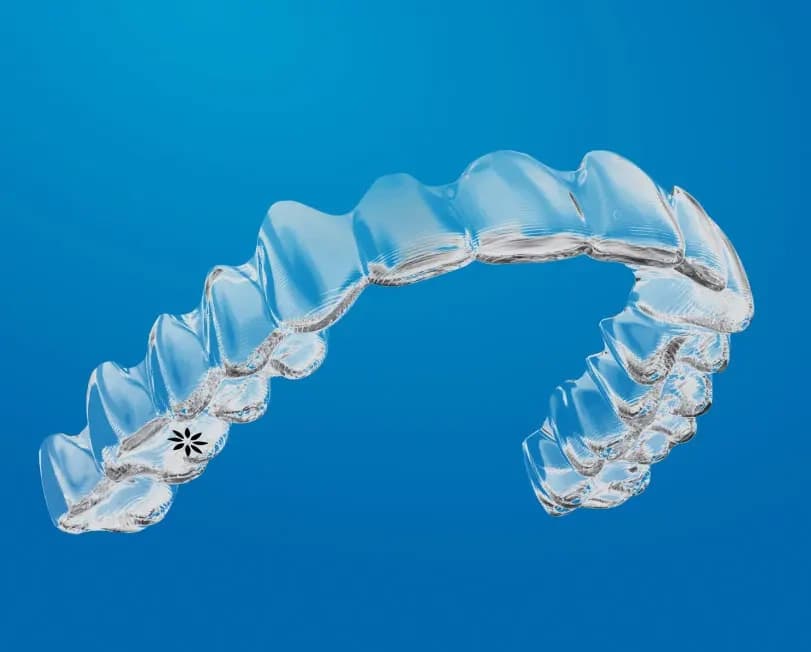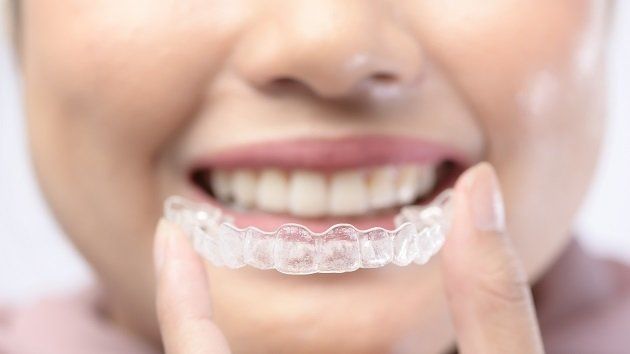How Invisalign Functions: Your Guide to Clear Aligners and Their Effectiveness
How Invisalign Functions: Your Guide to Clear Aligners and Their Effectiveness
Blog Article
Invisalign vs. Traditional Dental braces: Which Option Is Right for You?
When considering orthodontic therapy, the option in between Invisalign and traditional dental braces offers numerous crucial factors that warrant mindful examination. Invisalign provides a very discreet alternative with detachable aligners, while conventional dental braces give a much more noticeable yet effective solution for severe imbalance. Each alternative encompasses distinctive benefits and downsides associated with visual appeals, comfort, treatment duration, and expense. Comprehending these subtleties is important for making an educated decision that straightens with your individual choices and lifestyle. The concern stays: which alternative will finest satisfy your orthodontic demands and expectations?
Introduction of Therapy Alternatives

In contrast, conventional braces consist of metal braces and cords that are bonded to the teeth. This method uses constant stress over time to accomplish placement. While efficient for intricate orthodontic problems, conventional braces call for routine visits for modifications and can pose obstacles in maintaining dental health due to the problem of cleansing about cords and braces.
Both options have their values, and the option often depends upon details dental problems, way of life choices, and person conformity. Eventually, speaking with an orthodontic professional is critical for identifying the most ideal treatment strategy tailored to private requirements. Comprehending the nuances of each choice can significantly influence the total success of orthodontic therapy.
Aesthetic Considerations
A significant element affecting the option between Invisalign and traditional dental braces is the aesthetic allure each therapy uses. Invisalign aligners are crafted from clear plastic, making them virtually unnoticeable when worn.
In comparison, traditional braces consist of steel braces and cables, which can be extra visible. While developments in orthodontic innovation have brought about the growth of smaller sized braces and tinted elastics, conventional dental braces still maintain an even more obvious profile. For some people, the presence of dental braces might discourage them from seeking necessary therapy.
Ultimately, the choice in between Invisalign and typical braces may rest on personal choices regarding aesthetics. People that focus on discernment typically lean towards Invisalign, while those that are much less worried concerning presence might choose traditional dental braces. Understanding the aesthetic ramifications of each option is essential for making an informed choice that straightens with one's way of living and preferences.
Convenience and Convenience

In regards to convenience, Invisalign aligners are removable, making it possible for patients to appreciate their preferred foods without constraint and keep optimal oral health. Brushing and flossing are simplified, as the aligners can be taken out during these routines, whereas conventional dental braces require careful navigating around cords and braces.
In addition, Invisalign's progressive system enables fewer orthodontic sees. Individuals typically get multiple collections of aligners simultaneously, which can streamline the therapy process and decrease time spent in the orthodontist's chair. In comparison, traditional dental braces require routine modifications, making them less practical for those with busy timetables. Invisalign. In general, the comfort and convenience of Invisalign make it an attractive choice for many people seeking orthodontic treatment.
Therapy Duration and Efficiency
While both Invisalign and typical dental braces work in fixing dental misalignments, the duration of treatment can differ significantly in between both choices. Usually, Invisalign treatment can take anywhere from 12 to 18 months, relying on the complexity of the case. see this page The clear aligners work by progressively changing teeth right into their preferred placements, and routine view website follow-ups with an orthodontist help make certain progress stays on course.
On the other hand, typical dental braces typically need a longer dedication, generally ranging from 18 months to three years. This is due to their fixed nature and making use of wires and braces, which can be a lot more efficient for complicated situations and serious imbalances (Invisalign). The therapy performance of typical braces is well-documented, as they enable for precise adjustments and greater control over tooth motion
Inevitably, the choice in between Invisalign and conventional braces might hinge on both the expected therapy duration and the specific oral issues at hand. Consulting with an orthodontist is crucial, as they can supply customized referrals based upon specific demands, making certain the selected approach straightens with wanted durations and results.
Expense Contrast and Insurance Policy Choices
Cost plays a substantial function in the decision-making process for individuals considering orthodontic therapy, whether opting for Invisalign or standard braces. Generally, the cost of Invisalign arrays from $3,000 to $8,000, while typical dental braces normally set you back between $2,000 and $6,000. Elements influencing these prices consist of the intricacy of the situation, the period of therapy, and geographical location.
Lots of dental insurance policy plans provide partial coverage for orthodontic treatments, but the specifics can vary widely. Normally, standard braces may be much more often covered by insurance coverage plans contrasted to Invisalign, which some insurers categorize as a cosmetic procedure.
In addition, numerous orthodontic techniques offer versatile layaway plan, making both therapy choices extra accessible. Clients must inquire regarding potential financing alternatives and price cuts for ahead of time settlements. Evaluating the complete price, consisting of insurance coverage advantages read this article and settlement plans, is necessary for making a notified choice that lines up with both visual preferences and spending plan considerations.

Final Thought
In recap, the choice in between Invisalign and traditional braces depends upon multiple elements, including aesthetic choices, convenience, treatment period, and expense. Invisalign uses a very discreet, removable alternative that facilitates dental hygiene and nutritional adaptability, while traditional dental braces may be preferable for complex dental problems and often come at a reduced cost factor. Inevitably, appointment with an orthodontist is necessary to analyze specific conditions and establish the most appropriate therapy choice for attaining optimal oral alignment.
When considering orthodontic treatment, the selection in between Invisalign and conventional braces offers a number of crucial variables that merit careful analysis.Comparing Invisalign and conventional braces exposes unique treatment choices for orthodontic correction.While both Invisalign and typical dental braces are effective in dealing with oral misalignments, the duration of therapy can vary dramatically between the 2 choices.Cost plays a substantial role in the decision-making process for people thinking about orthodontic treatment, whether opting for Invisalign or standard braces.In recap, the selection in between Invisalign and typical braces hinges on multiple variables, consisting of aesthetic preferences, convenience, treatment period, and expense.
Report this page